
ABACO’S 38 WARBLERS: AN ILLUSTRATED ID GUIDE
The great winter migration of warblers and their arrival in The Bahamas is underway. Reports are appearing – the latest being the Northern Parula. They will have made long journeys – hundreds of miles – and in the spring they will wing their way home for the summer. On Abaco, 38 warbler species are recorded for the main island and the cays, the latest being the first sighting of a Canada Warbler in 2018. Since Dorian the situation has undoubtedly been different, especially with the transients and rare species. The 5 permanent resident warbler are still resident. Sighting records of the winter visitors have been scarce. Many migrants and transients have not been recorded since Dorian, and the rarest perhaps never will be. The hope must be that at least the most common winter warblers will continue to arrive, and in increasing numbers.
First-ever Canada Warbler for Abaco & the entire Bahamas: Aug 2018 (Chris Johnson)
![]()
This guide divides the 38 species into categories, with a code for each bird to show:
- Resident status – permanent / breeding, migratory or transient
- Frequency – likelihood of seeing each species in its season, rated from 1 (very likely) to 5 (extreme rarities, maybe recorded only once or twice since c1950 when recording began)
Numerically, the division breaks down into 3 categories of warbler:
- 5 permanent residents (PR) that breed on Abaco (B), of which two are ENDEMIC
- 21 winter residents (WR) ranging from ‘everyday’ species to extreme rarities like the very vulnerable Kirtland’s Warbler that needs a specific winter habitat that Abaco can provide
- 11 transients, most of which you will be very lucky to encounter
The photos that follow show an example of each warbler, where possible both (1) male and (2) taken on Abaco. Where I had no Abaco images – especially with the transients – I have used other mainstream birding resources and Wiki. All due credits at the foot of the post.
AN ILLUSTRATED GUIDE TO ABACO’S WARBLERS
5 PERMANENT RESIDENTS
BAHAMA YELLOWTHROAT Geothlypis rostrata PR B 1 ENDEMIC
BAHAMA WARBLER Setophaga flavescens PR B 1 ENDEMIC
YELLOW WARBLER Setophaga petechia PR B 1
OLIVE-CAPPED WARBLER Setophaga pityophila PR B 1

PINE WARBLER Setophaga pinus PR B 1

WINTER RESIDENTS (COMMON)
OVENBIRD Seiurus aurocapilla WR 1
WORM-EATING WARBLER Helmitheros vermivorum WR 2
NORTHERN WATERTHRUSH Parkesia noveboracensis WR 1

BLACK-AND-WHITE WARBLER Mniotilta varia WR 2
COMMON YELLOWTHROAT Geothlypis trichas WR 1
AMERICAN REDSTART Setophaga ruticilla WR 1
CAPE MAY WARBLER Setophaga tigrina WR 1
NORTHERN PARULA Setophaga americana WR 1
BLACK-THROATED BLUE WARBLER Setophaga caerulescens WR 2
PALM WARBLER Setophaga palmarum WR 1
YELLOW-RUMPED WARBLER Setophaga coronata WR 2
YELLOW-THROATED WARBLER Setophaga dominica WR 1
PRAIRIE WARBLER Setophaga discolor WR 1
WINTER RESIDENTS (UNCOMMON TO RARE)
LOUISIANA WATERTHRUSH Parkesia motacilla WR 3
BLUE-WINGED WARBLER Vermivora cyanoptera WR 3
SWAINSON’S WARBLER Limnothlypis swainsonii WR 4
NASHVILLE WARBLER Oreothlypis ruficapilla WR 4

HOODED WARBLER Setophaga citrina WR 3
KIRTLAND’S WARBLER Setophaga kirtlandii WR 4
MAGNOLIA WARBLER Setophaga magnolia WR 3
BLACK-THROATED GREEN WARBLER Setophaga virens WR 3
TRANSIENTS
PROTHONOTARY WARBLER Protonotaria citrea TR 3
TENNESSEE WARBLER Oreothlypis peregrina TR 4
ORANGE-CROWNED WARBLER Oreothlypis celata TR 4
CONNECTICUT WARBLER Oporonis agilis TR 4
KENTUCKY WARBLER Geothlypis formosa TR 4
BAY-BREASTED WARBLER Setophaga castanea TR 4
BLACKBURNIAN WARBLER Setophaga fusca TR 4
CHESTNUT-SIDED WARBLER Setophaga pensylvanica TR 4

BLACKPOLL WARBLER Setophaga striata TR 3
WILSON’S WARBLER Cardellina pusilla TR 4
YELLOW-BREASTED CHAT Icteria virens TR 4
PHOTO CREDITS (1 – 37) Bruce Hallett (Header, 3, 9, 12, 14, 17, 21, 22); Tom Reed (1, 4); Cornell Lab (2); Tom Sheley (7, 10); Alex Hughes (5); Gerlinde Taurer (6, 11, 18); Becky Marvil (8, 20a); Woody Bracey (13, 24); Peter Mantle (15); Keith Salvesen (16); William H. Majoros wiki (19); talainsphotographyblog (20b, 26, 34); Charmaine Albury (23); Craig Nash (25); Ann Capling (27); Jerry Oldenettel wiki (28); Dominic Sherony wiki (29); 10000birds (30); Steve Maslowski wiki (31); MDF wiki (32, 33); Avibirds (35); Michael Woodruff wiki (36); Emily Willoughby wiki (37)
CHECKLIST based on the complete checklist and codes for Abaco devised by Tony White with Woody Bracey for “THE DELPHI CLUB GUIDE TO THE BIRDS OF ABACO” by Keith Salvesen



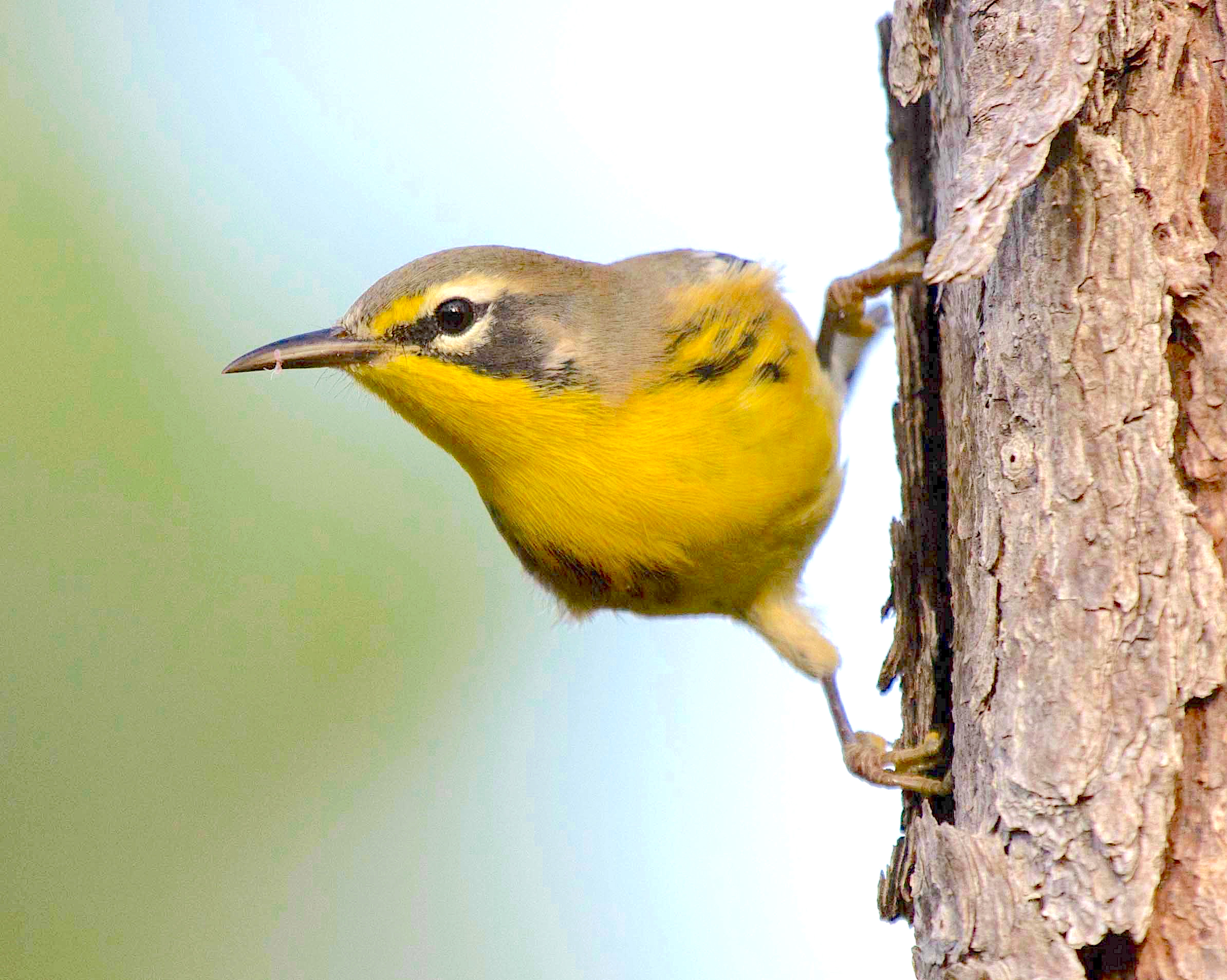



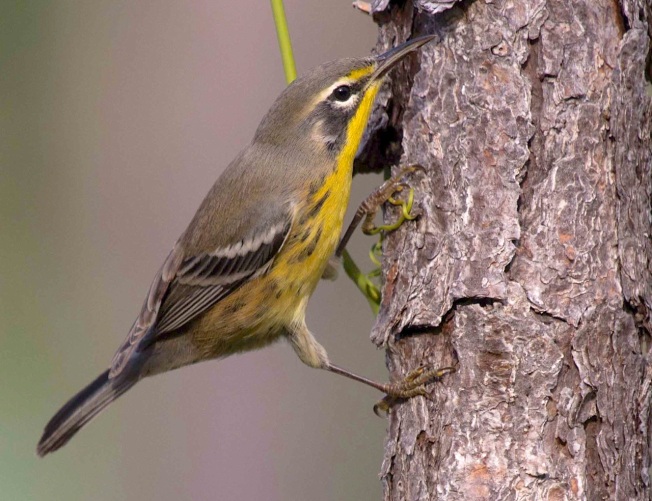














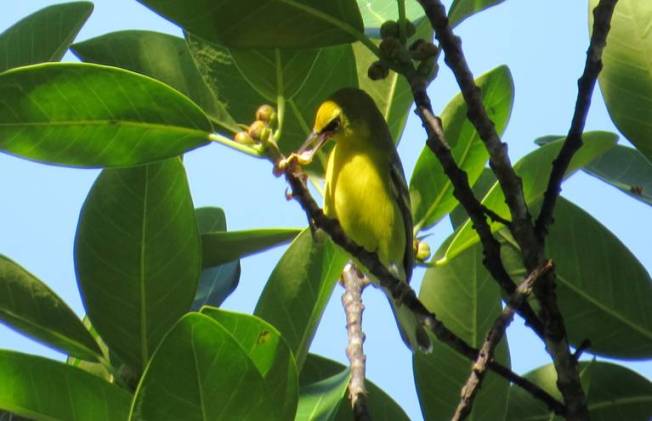
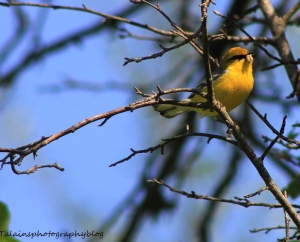



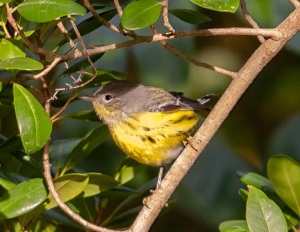
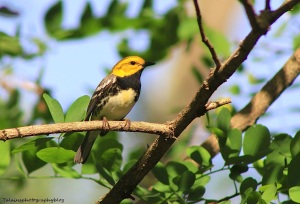
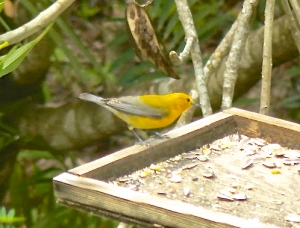







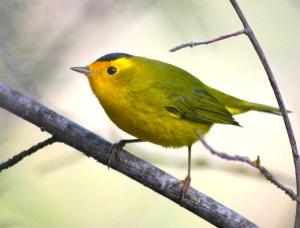
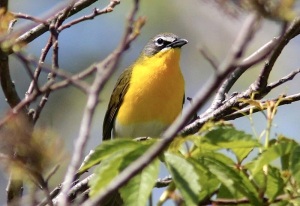



















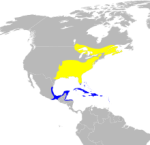








You must be logged in to post a comment.